- like everything before
- poorly thought out
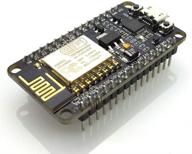
7
·
Very good


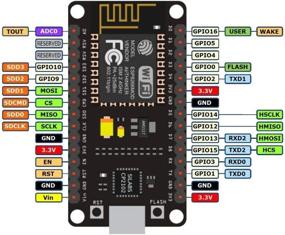

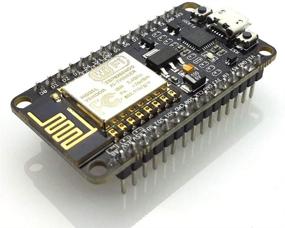
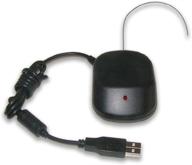
📡 CM19A R.F. PC Transceiver for X10 Devices

8 Review

10GBase-T SFP+ Transceivers, 10G Copper RJ-45 SFP+ CAT.6a, up to 30 meters, 🔌 Cisco SFP-10G-T-S Compatible, Ubiquiti UniFi UF-RJ45-10G Supported, Fortinet, Netgear, D-Link, Supermicro (Pack of 2)

9 Review
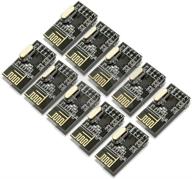
📶 kuman 10pcs nRF24L01+ 2.4GHz Antenna Wireless Transceiver Module for Arduino Raspberry Pi Compatible K19

8 Review
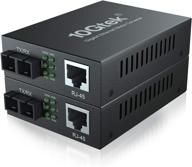
🔌 Gigabit Ethernet Media Converter, Single Mode Dual SC Fiber, 1000Base-LX to 10/100/1000Base-Tx, up to 20km, 2-Pack

9 Review
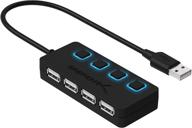
HB-UMLS Sabrent USB 2.0 Hub with 4 Ports and LED Power Switches for Each Port

12 Review
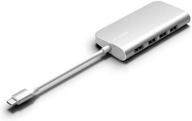
🔌 Juiced Systems Silver BizHUB USB-C Multiport Gigabit HDMI Hub with 3 USB 3.0 Ports, Gigabit Ethernet, 4K HDMI, SD/Micro SD, and USB-C Power Delivery

11 Review
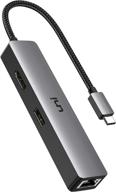
🔌 uni USB C Hub with Ethernet Adapter, 4K HDMI, Gigabit Ethernet, and 3 USB 3.0 Ports for MacBook Pro, iPad Pro, XPS

11 Review
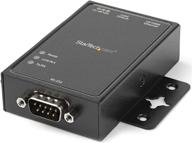
🌐 StarTech.com NETRS2321P: 1-Port RS232 to Ethernet IP Converter, Serial over IP Device Server - Black

5 Review